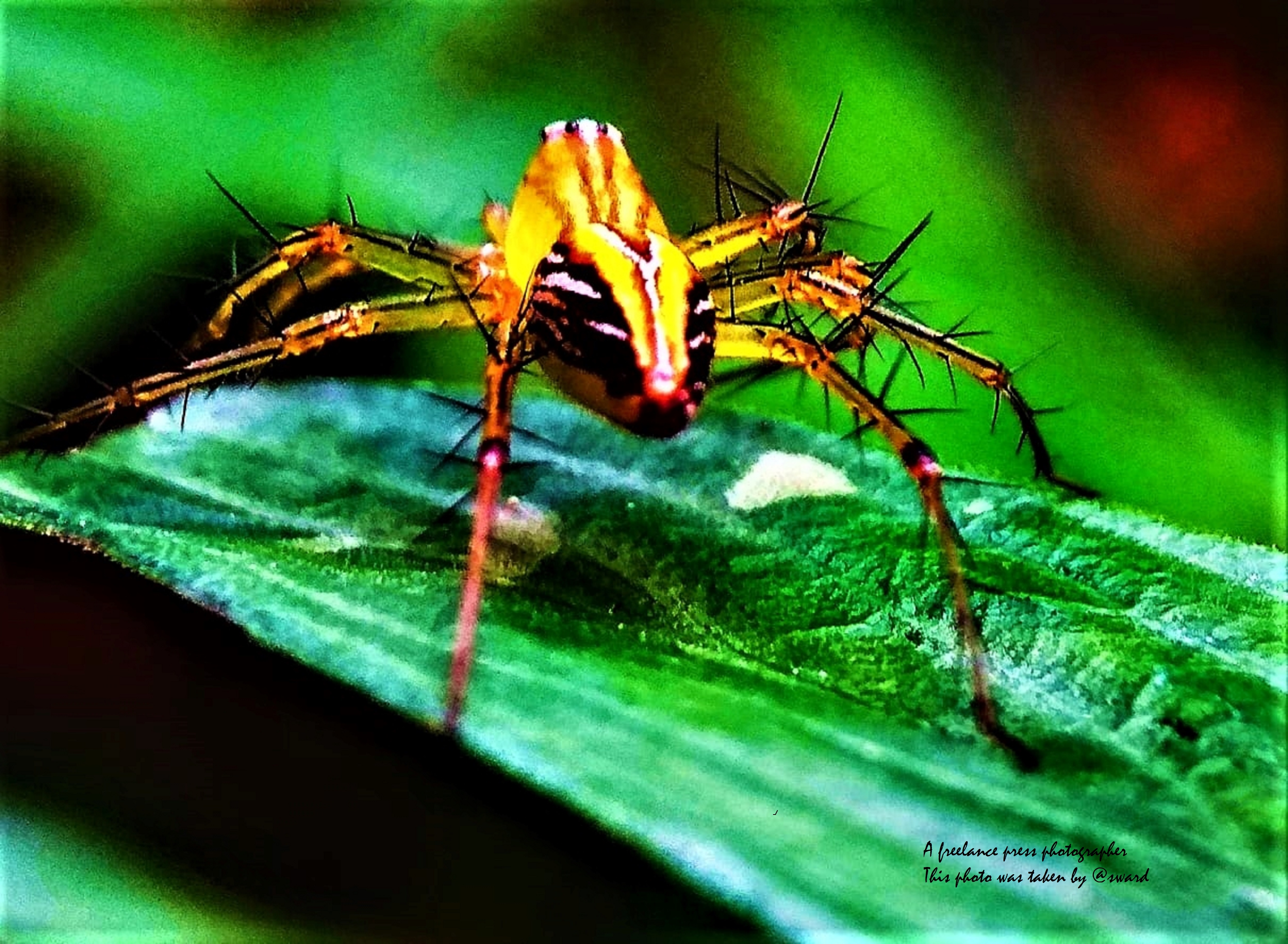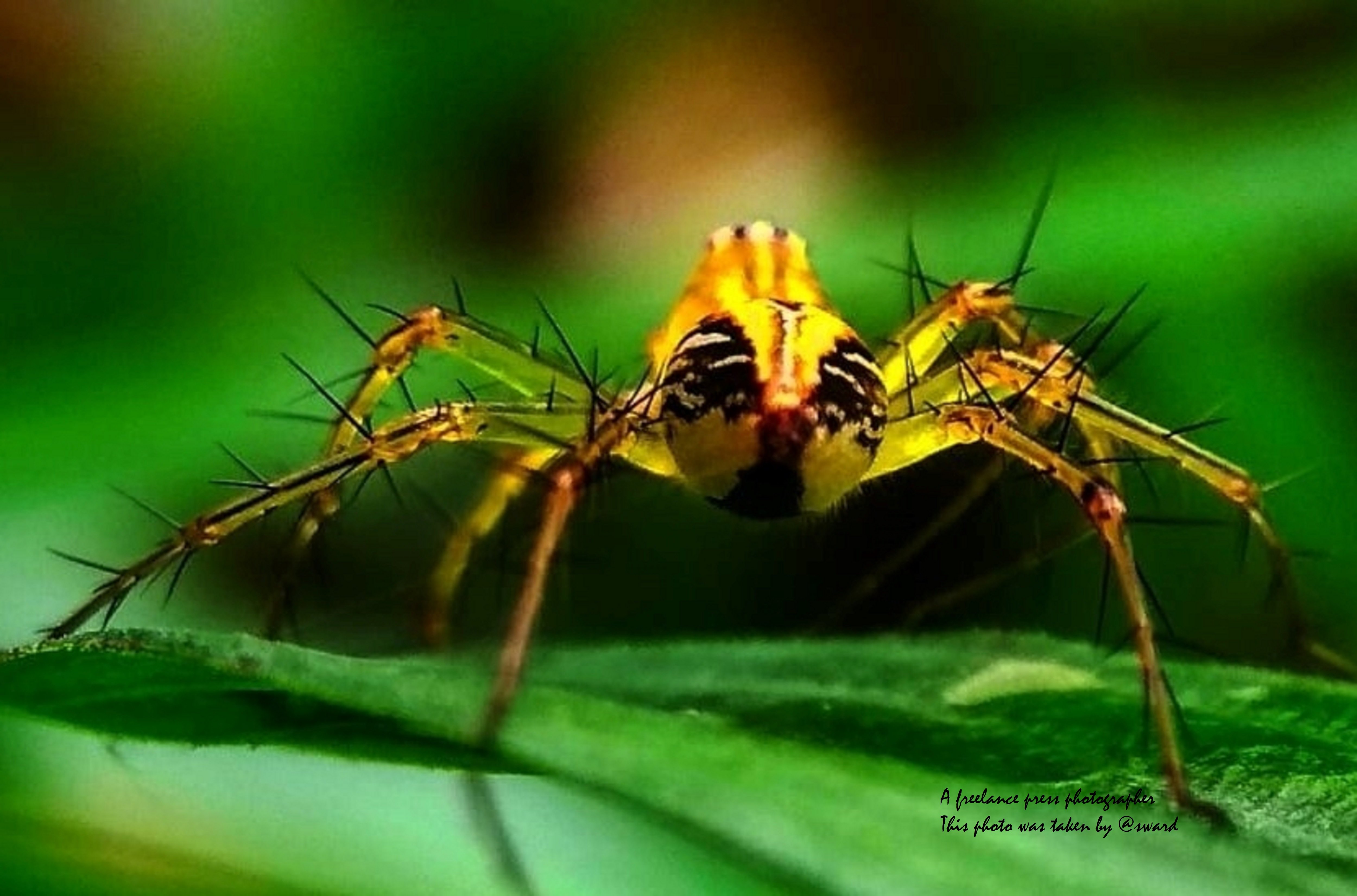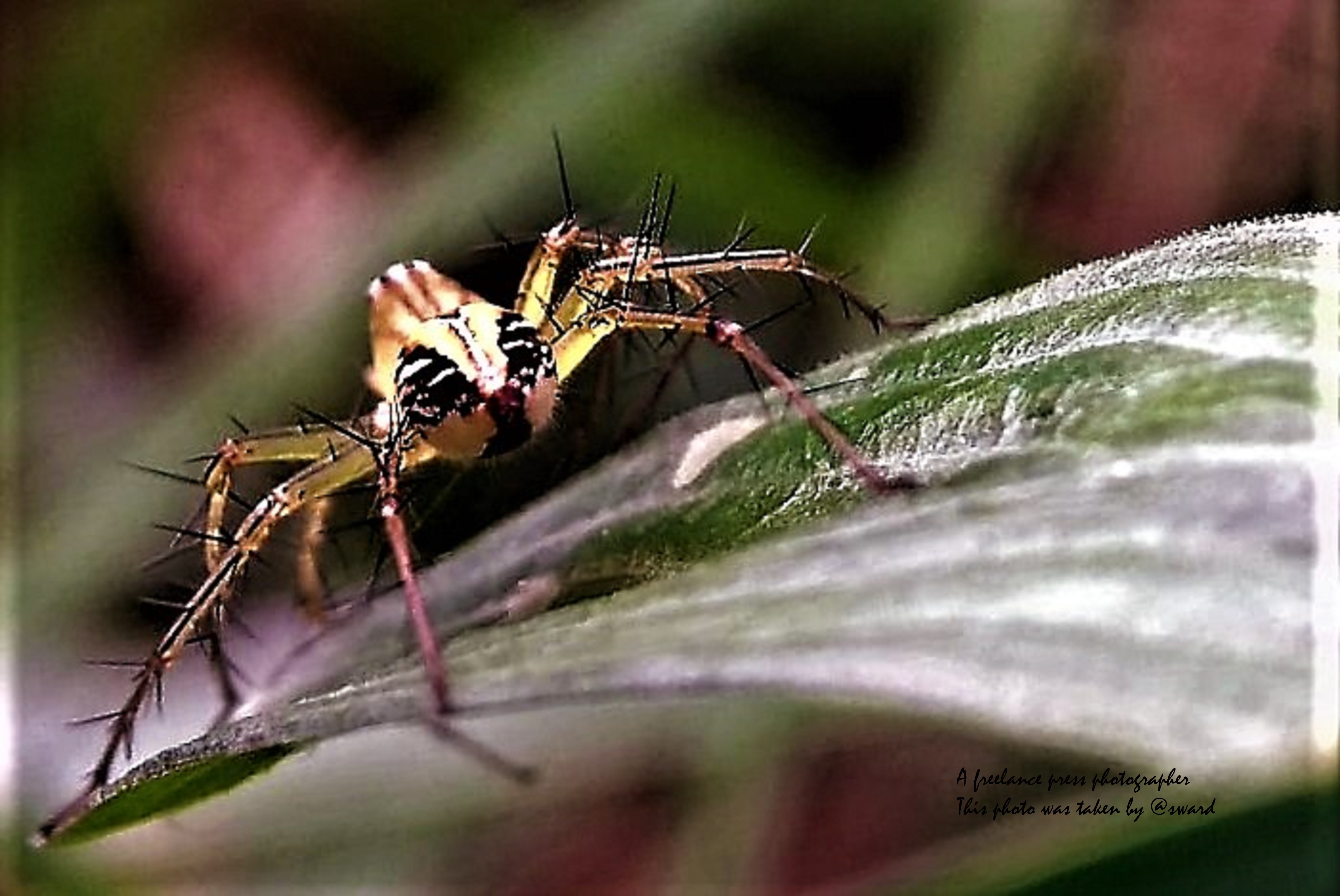Spiders and Macro Photos
Category Photos : Macro Photography
 | Spiders |
|---|---|
| Photo Was Taken By | @sward |
| Size | 1.5 MB |
| Dimensions | 4999 x 3129 |
| Shot | - |
| Device | Redmi Note 4 Camera |
| ISO | - |
| Adding tools to the camera | Macro Lens |
 | Spiders |
|---|---|
| Photo Was Taken By | @sward |
| Size | 2.5 MB |
| Dimensions | 4999 x 3664 |
| Shot | - |
| Device | Redmi Note 4 Camera |
| ISO | - |
| Adding tools to the camera | Macro Lens |
 | Spiders |
|---|---|
| Photo Was Taken By | @sward |
| Size | 1.4 MB |
| Dimensions | 4999 x 3302 |
| Shot | -. |
| Device | Redmi Note 4 Camera |
| ISO | - |
| Adding tools to the camera | Macro Lens |
 | Spiders |
|---|---|
| Photo Was Taken By | @sward |
| Size | 1.5 MB |
| Dimensions | 4999 x 3344 |
| Shot | -. |
| Device | Redmi Note 4 Camera |
| ISO | - |
| Adding tools to the camera | Macro Lens |
 | Spiders |
|---|---|
| Photo Was Taken By | @sward |
| Size | 2.4 MB |
| Dimensions | 4999 x 3278 |
| Shot | -. |
| Device | Redmi Note 4 Camera |
| ISO | - |
| Adding tools to the camera | Macro Lens |
 | Spiders |
|---|---|
| Photo Was Taken By | @sward |
| Size | 1.6 MB |
| Dimensions | 4999 x 3284 |
| Shot | - |
| Device | Redmi Note 4 Camera |
| ISO | - |
| Adding tools to the camera | Macro Lens |
 | Spiders |
|---|---|
| Photo Was Taken By | @sward |
| Size | 1.5 MB |
| Dimensions | 4999 x 3248 |
| Shot | -. |
| Device | Redmi Note 4 Camera |
| ISO | - |
| Adding tools to the camera | Macro Lens |
Spiders
More than 20,000 species of spider in nature that live on land. Spiders are predatory animals for insects around them, so spiders have an important role in the food chain.
Spiders also have a role in agriculture, plantation, and housing, namely to protect from destructive insects Gardeners Chronicle & New Horticulturist - Book Online source Spiders are classified as carnivorous animals and most of them are insectivorous so spiders also play an important role in pest control.
Conduct an understanding of spider exploration (Araneae). Aceh is a province that is rich in biodiversity and has many conservation areas. The natural conditions have unique plants, animals and ecosystems that need to be protected. The development of this region takes place naturally.
The diversity of nocturnal homoptera, ants and termites might also be different types of spiders in Aceh. Spiders are predators of polyphagus, especially against insects that can control the insect population. Pest and Disease Management Handbook- Book Online source The spiders identified consisted of six species included in the four families including Tetragnatha maxillosa, Oxyopes javanus, Oxyopes salticus, Pardosa pseudoannulata, Carrhotus sannio and Maripissa magiste.
Spiders are potential biological control agents for plant pests. Many types of spiders have been reported to prey on various types of pests on agricultural crops. In legumes there are various types of spiders that are potential to be used optimally to suppress the development of pest populations Redback spider- Wikipedia source
Natural or biological control of pests and plant diseases is one way to reduce the risk to health and environmental damage. Spiders (Araneae) are one of the potential biological agents in controlling insect pests in agricultural ecosystems.
Population density and abundance of spider community species (biodiversity) in natural ecosystems and including agriculture are high. Spiders are generalist predators that play an important role in reducing and preventing natural pest outbreaks in the cultivation of agricultural crops and contributing to biodiversity.
Therefore, the franchise can be considered to help regulate the population density of insect pests. As a generalist predator, spiders are considered more efficient than specialist predators to suppress pests in habitats that often experience disturbances such as the practice of cultivating agricultural crops.
Spiders feed mainly on insects and other arthropods, such as the Colembola, Diptera, Homoptera, Orthoptera, Coleoptera, Lepidoptera and also the labalaba. Different types of spiders apply different strategies to catch their prey. Some types of spiders make webs as prey traps and these types generally have long and thin or narrow legs, which are suitable for making webs.
In addition to catching prey, nets also function as a place to live. Other spiders hunt or walk, jumping over their prey, waiting by letting their prey approach them. The spider community is closely related to the characteristics o f the plant community. Biology of Spiders source
Morphology
Spiders are a diverse group of organisms consisting of 42,473 species. Download - Diversity of Spider Fauna (Arachnida: Araneae) in Different Ecosystems, Eastern Ghats, Southern Andhra Pradesh, India source Spiders are found throughout the world and inhabit various ecological environments except air and sea. Most are small (2-10 mm) to large (28 cm), generally spiders capture their prey for food. Download PDF- Chemical Control of Spiders and Scorpions source
Their main prey are various species of animals including insects and small vertebrates.
Spiders are beneficial to humans because they can be used as natural insect controllers. Many tarantula species that are known to be dangerous to humans or animals cause disease, for example the Hobo spider (Tegenaria Domestica).
Spiders have 8 legs while insects have only 6. Spiders have a single eye with a lens and insects have compound eyes. Labalaba has no antenna and no buffer. Spiders have a combination of head and chest called cephalothorax, and stomach, and insects have bodies with three body parts, head, chest, and stomach.
Common taxonomic characters to identify spiders are the shape of the epyginum, spineret, abdomen, carapace color, and body size. The spider's body structure consists of two main parts namely the sepalotorax prosoma with opisthosoma, the rosoma is the front of the body where the six pairs of sticky sticks are a pair of tastes to bite. A pair of pedipalpus to pounce on prey and four pairs of road legs.
Opistosoma or the abdomen is an organ for eating, circulatory breathing, excretion, reproduction and silk production, unlike hard abdominal prosomas which tend to be soft and baglike. Spineret or place of production is located in the cosmetics of the abdomen.
Nirotoxi with molecular weights between 5000-13,000. In addition, spider poisons contain amino acids and biogenic amino as well as pritiolytic enzymes, the composition of poisons is very specific and depends on various factors, namely sex, food source, natural habitat, climate and so on.
Large species, for example Atrax Spp, can have a toxic role as a defense against mammal insects. Most spiders are said to cause disease, some species and are also dangerous when biting humans.
Spiders are not the only organisms that make webs but they are bright and the different ways they make and use webs are not the same as other animal groups.
The net is only produced in spineres at the tip of the abdomen. Spiders are very sensitive to drought, there are species of spider that are resistant to drought and lack of food.
For example, Loxos Celes which can last more than 1 year without food or water using insecticides can reduce mass availability, but this will not cause death to spiders.
The size of the male spider is generally smaller than the female. The male Black Widow spider, for example, has a body weight of 1-2% of its females. Spiders that have dangerous poisons for humans are Peneutria Atrax.
Lacxos. spiders can be used to control insects in integrated pest programs. Laboratory tests show that broad-spectrum insecticides such as pigeon organs. Carbamata and can affect spiders that can kill insects.
Reference:
Gardeners Chronicle & New Horticulturist - Book Online source
Pest and Disease Management Handbook- Book Online source
Redback spider- Wikipedia source
Biology of Spiders source
Download - Diversity of Spider Fauna (Arachnida: Araneae) in Different Ecosystems, Eastern Ghats, Southern Andhra Pradesh, India source
Download PDF- Chemical Control of Spiders and Scorpions source